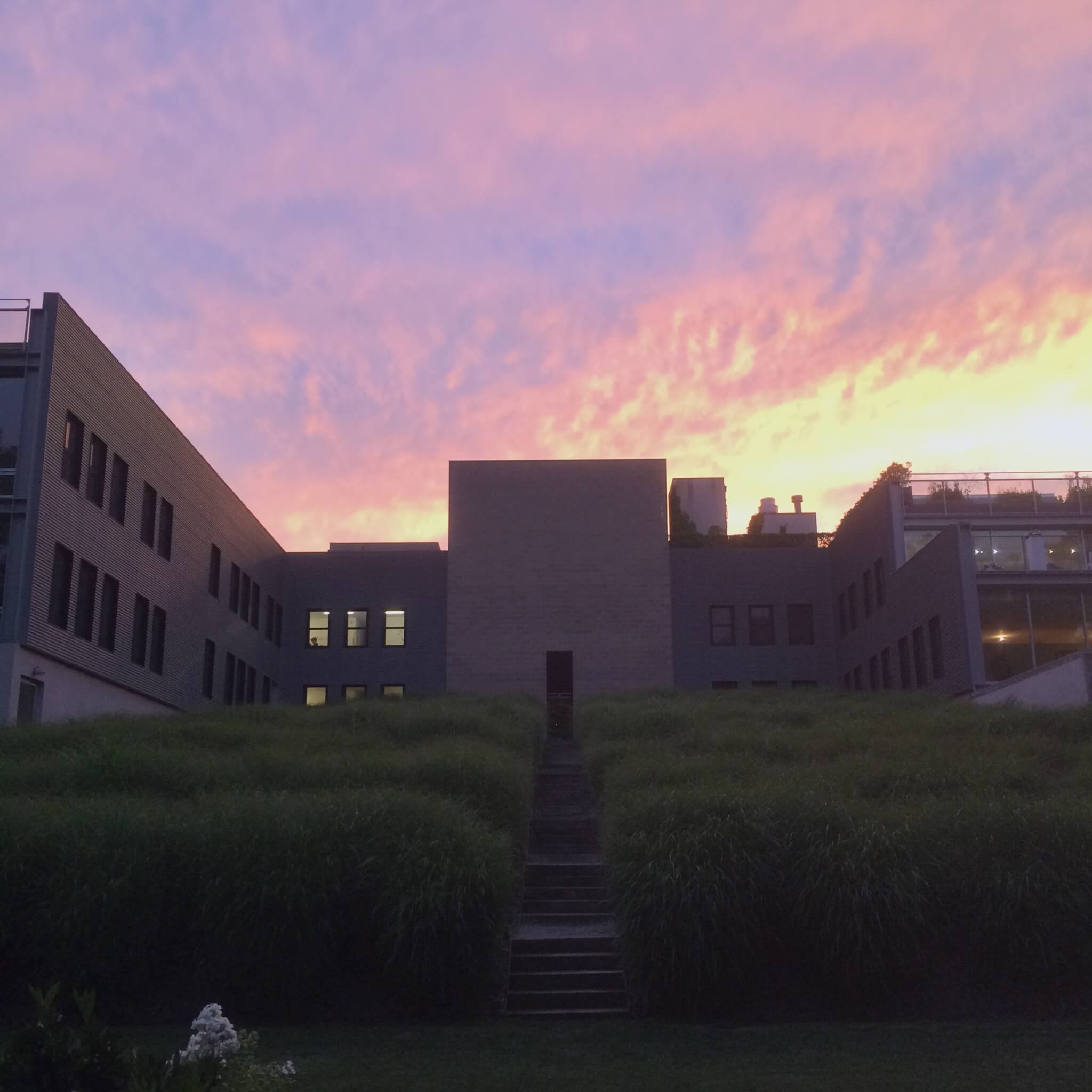Robert Wilson, the avant-garde theater director and artist whose slow, sculptural stagings changed the language of performance, died on Thursday, July 31 at his home in Water Mill, New York, “after a brief but acute illness” at the age of 83. The artist’s passing was announced on his website and confirmed to The New York Times by Chris Green, the executor of Wilson’s estate and the president of the Robert Wilson Arts Foundation.
Though trained as an architect at Pratt Institute, Wilson never really designed buildings. Still, few artists have been more admired by architects. His stage images, at once austere and maximalist, glacially paced and kaleidoscopically visual, often felt closer to installation than theater. Wilson reimagined performance as a medium of light, geometry, silence, and spatial rhythm.
Born in Waco, Texas, on October 4, 1942, Wilson struggled with a speech impediment that shaped both his life and aesthetics. His parents enrolled him in dance classes to help him gain confidence, where he met Byrd Hoffman, a teacher who would become a lifelong influence. He later honored her by naming both his theater ensemble and a number of works after her. As a young gay man growing up in a conservative, religious household, Wilson also faced emotional and psychological challenges that found lasting expression in his work.
Wilson dropped out of the University of Texas in 1962 and moved to Brooklyn, enrolling at Pratt, where he earned a Bachelor of Fine Arts in Architecture in 1965. “I actually wanted to study painting, and it had been in my mind for a number of years, but I knew that my father wouldn’t approve, and so I thought architecture sounded more serious,” Wilson said in an interview with Dan Rubinstein in 2025.
It was during this time that he turned toward experimental theater via visual art. In 1968, he founded the Byrd Hoffman School of Byrds, a collective that became known for durational performance works defined by radical stillness and attention to time. While Donald Judd and Richard Serra were paring sculpture down to scale and material, Wilson was doing the same with theater—slowing it, flattening it, and reimagining the stage as a site of spatial inquiry.
Wilson often collaborated with deaf and neurodivergent performers, drawn to nonverbal modes of communication. In 1971, he premiered Deafman Glance (Le Regard du Sourd), a seven-hour silent opera developed in collaboration with Raymond Andrews, a 12-year-old deaf boy whom Wilson later adopted. The following year, he presented KA MOUNTAIN AND GUARDenia TERRACE at the Festival of Arts in Shiraz, Iran—a 168-hour theatrical cycle staged over ten days. In it, actors might take hours to cross a stage or peel an onion. Part ritual, part endurance event, it obliterated the boundaries between performance, installation, and time-based architecture.
His 1976 collaboration with Philip Glass, Einstein on the Beach, became one of the most influential works of 20th-century performance. Premiered at the Avignon Festival in France, the five-hour opera contained no traditional narrative and unfolded in modular cycles of music and image. Designers, architects, and composers saw in it a recursive, spatialized form of storytelling that broke with theatrical convention and approached the condition of architecture.
“What it means exactly is hard to put in words,” John Rockwell wrote in a review of Einstein on the Beach for The New York Times after the Avignon premiere. “Mr. Wilson calmly accepts most interpretations people care to make.”

Wilson’s body of work was as expansive as it was exacting. He directed Wagner at the Metropolitan Opera; Tom Waits musicals in Germany; and worked with Marina Abramović, Brad Pitt, and Lady Gaga. His stage designs often incorporated video, drawing, custom lighting systems, and furniture. In 1993, he was awarded the Golden Lion for Sculpture at the Venice Biennale for Memory/Loss, an installation featuring a cracked-earth floor and a solitary figure emerging from it.

In 1991, Wilson founded The Watermill Center on the site of a former Western Union laboratory on eastern Long Island. Conceived as “a laboratory for performance,” the ten-acre campus is a multidisciplinary residency and exhibition space with landscaped gardens and a growing collection of artworks and artifacts amassed by Wilson himself. It continues to serve as a haven for cross-disciplinary experimentation.
Wilson’s work was, at its core, architectural. He was particularly obsessed with light—not as atmosphere, but as structure. In a 1994 interview with Theater Week, he said: “Light is not an afterthought. It’s something that’s architectural. It’s structure, it’s thought about from the beginning. It’s part of the book. It’s like an actor.” His productions could be read like blueprints: balanced, modular, and exacting in every detail.
→ Continue reading at The Architect's Newspaper
